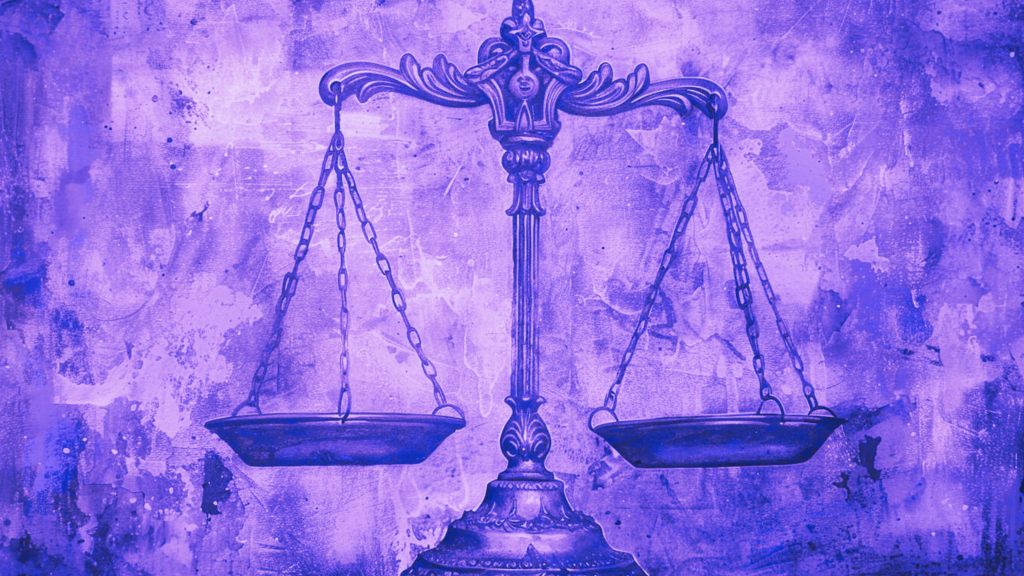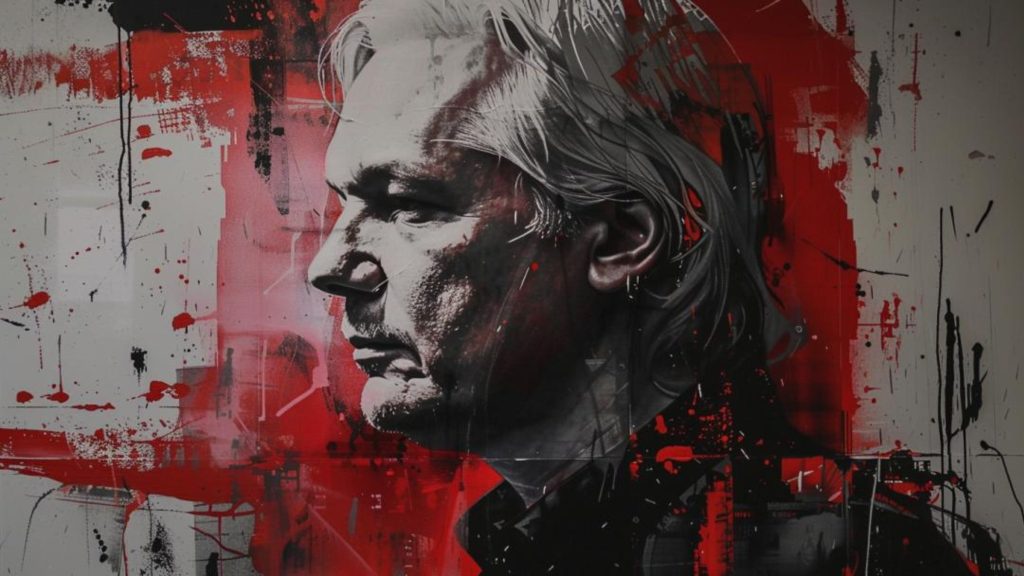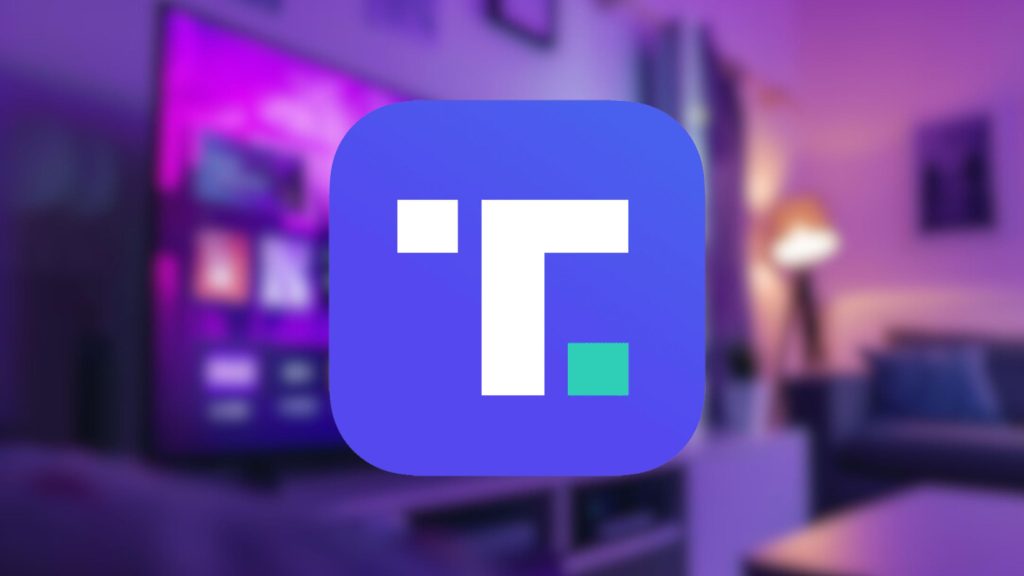Emojis, a more visually complex iteration on emoticons, serves the same purpose: to clarify emotions or even true meanings of online messages, giving the author an avenue to convey them.
But, as they say, not all change is progress – as the much fewer in numbers and more easy to interpret emoticons are being replaced with emojis.
It turns out that instead of helping, sometimes emojis just add to the confusion of properly interpreting the nuances of human expression and intent in online communication.
And now emojis are appearing as evidence in court cases in the United States, with many judges struggling to understand what they actually mean in the context of these cases, reports CNN.
Law professor Eric Goldman said that the number of trials taking emojis into consideration as evidence was 53 last year and 50 in 2019 thus far.
Where they appear most often, the report said, are sexual harassment and criminal cases, as well as workplace-related lawsuits.
Judges handle the situation either by describing the tiny images to the jury, letting the jurors actually see emojis and decide for themselves – or by removing them from evidence.
If the way attorney Karen S. Elliott – who’s firm has had “emoji cases” – describes them is anything to go by, these pictographs may be the most inscrutable thing to ever hit the evidence files: “Was it a joke? Or was it serious? Or was the person just using the emoji to hedge so that they could later argue it was not serious?” she explained some situations involving emojis in the courtroom.
Not only are emojis very numerous – there’s now nearly 3,000 of them – and can be misinterpreted, especially in isolation from any written message accompanying them – but these images can also mean different things in different cultures.
And sometimes, as studies have shown, people simply interpret the visuals very differently.
As far as the legal world trouble with emojis – most of it stems from a lack of cross-platform standardized rendering, according to the report. Some even believe that standardizing the way these images are displayed might be the remedy to misinterpretation.
For now – writes CNN, “For example, the pistol emoji looks like a real gun on some devices and a water or toy gun on others.”
Apparently, it’s a brief step from these varying design choices to confusion over whether the intention was to make a joke or a threat.
If you're tired of censorship and dystopian threats against civil liberties, subscribe to Reclaim The Net.









